This February, LET’S LEARN ABOUT…Nyonyaware!
To understand nyonyaware, let’s find out about Peranakans first.
Do you know anyone who is Peranakan? Peranakans are people of mixed heritage who are descendants of Chinese, South Asian, Arab, Persian, or other traders and travellers who settled and married local women in Southeast Asia. “Peranakan” comes from a Malay word anak (child), and can be translated as “local born”.
There are different Peranakan communities, including Chinese Peranakans, Indian Peranakans (also known as Chitty Melaka), Jawi Peranakans, and Arab Peranakans.
Peranakans are known for their mouthwatering cuisine, and Chinese Peranakans are particularly known for their distinctive, brightly coloured tableware (plates, bowls, spoons, etc.) called "nyonyaware". The name comes from "nyonyas", which is what the Chinese Peranakan women who used them were called. Nyonyaware is mostly made of porcelain painted with bright, colourful enamel (powdered glass pigment that is painted onto surfaces – when fired in a kiln it gives a glossy look) and feature various Chinese auspicious motifs such as the phoenix and peony.
Let us take a closer look at the details on some nyonyaware at ACM!
OBJECTS FROM OUR COLLECTION
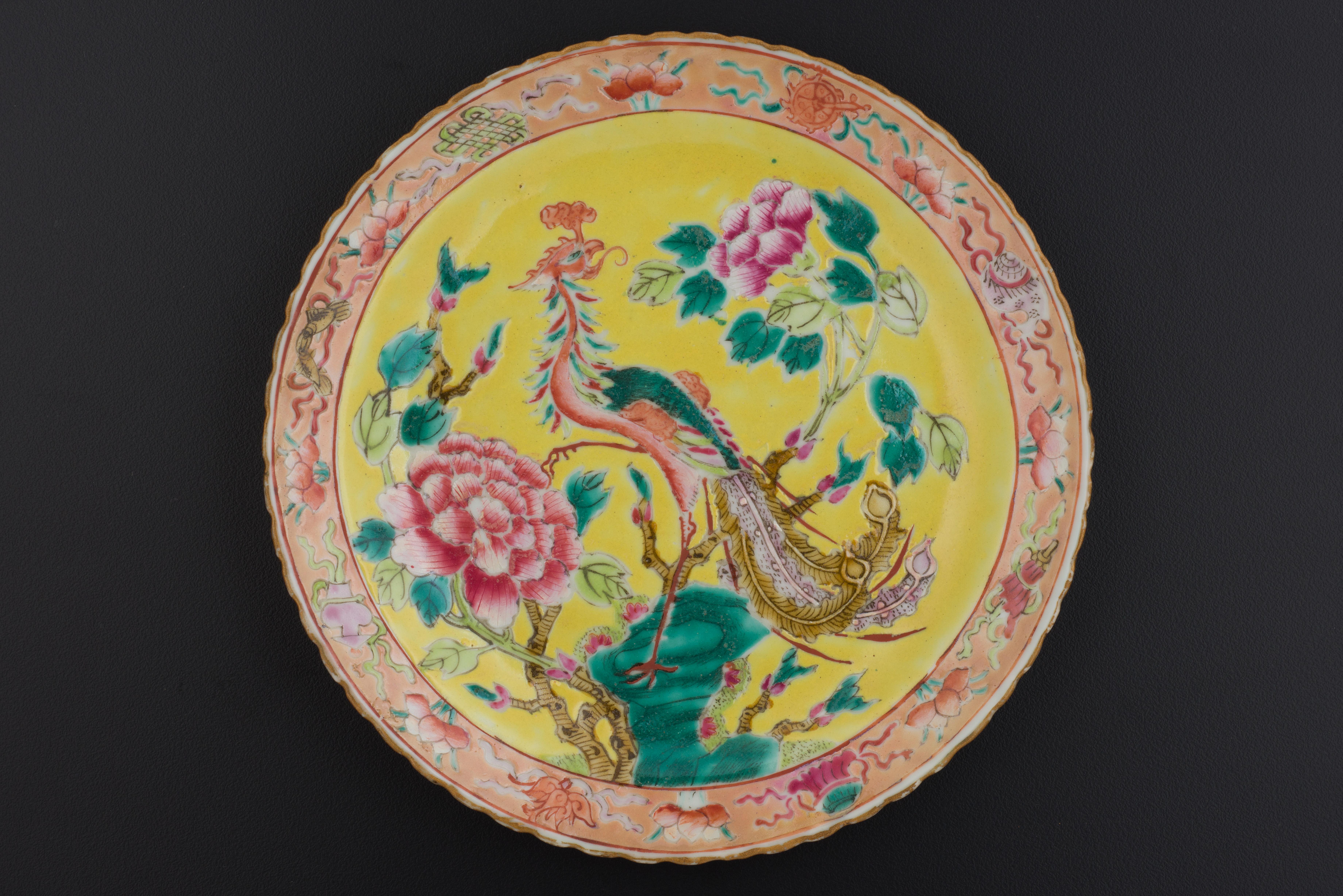 |
|
Plate
China, late 19th century
Porcelain, diameter 20 cm
1999-00784, Bequest of Tony Wee and Colin Holland
|
Nyonyaware plates can be found in a variety of sizes. This one is 20 cm across, much like your average dinner plate. Most plates like this were part of a large dinner service that Peranakan families would use for special meals called “Tok Panjang”.
“Tok” means “table” in Hokkien, while “panjang” means “long” in Malay, thus a Tok Panjang is a meal with many dishes served on a long table.
How many dishes do you usually have for lunch or dinner? Tok Panjang meals can have as many as seven dishes or more! Main dishes would be split into smaller plates for spread out across the table so that everyone could reach each dish easily.
The phoenix and peony on the centre of the plate are thought to be auspicious motifs – designs or patterns that bring good luck.
You can find this plate in the Maritime Trade Gallery on Level 1.
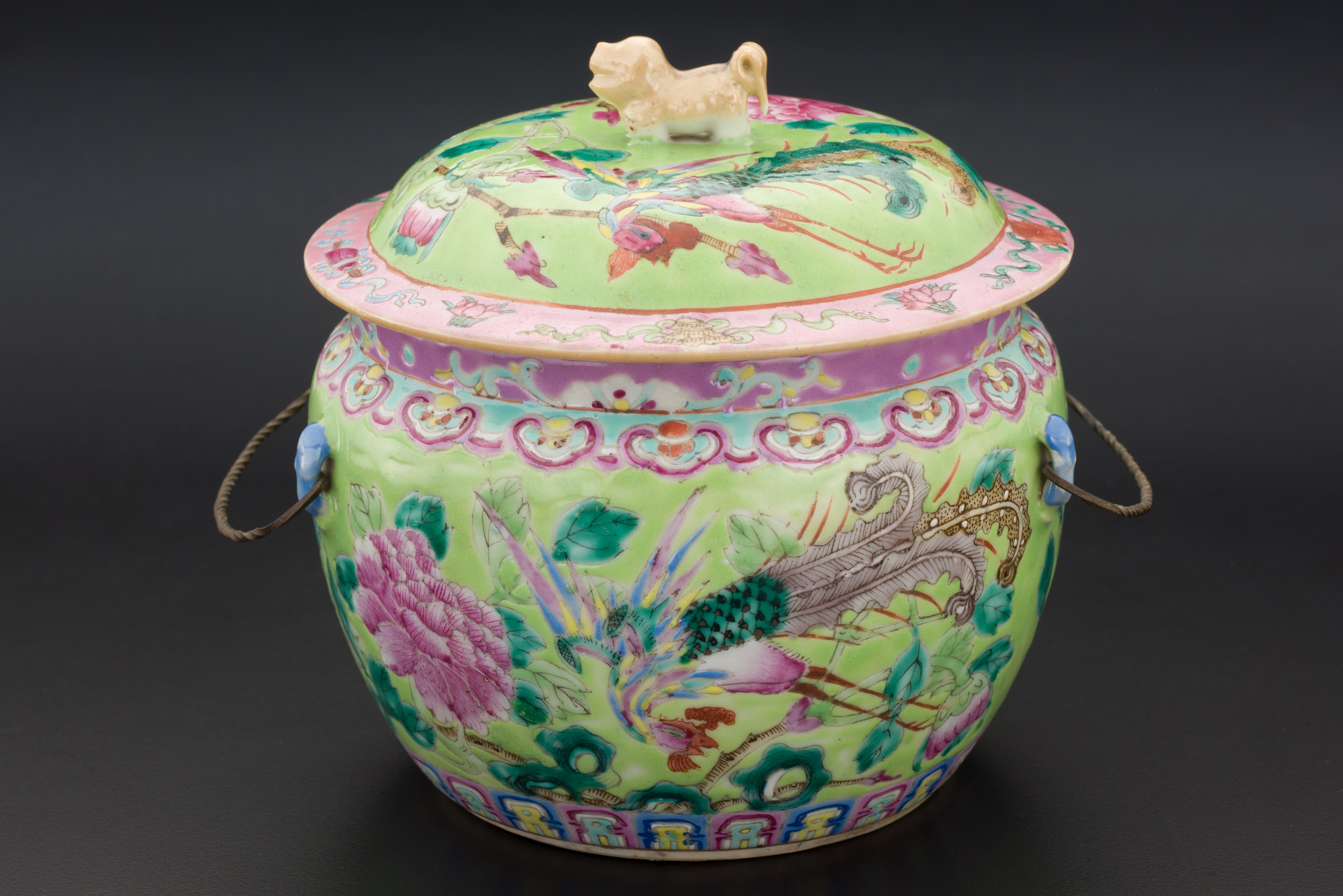 |
|
Kamcheng
China, late 19th century
Porcelain, height 13.8 cm
2006-01100
|
Kamcheng is the Hokkien pronunciation for 盖盅 (“covered vessel”). Kamchengs are covered containers that come in a variety of sizes. Medium and large kamchengs would be used for drinking water, food, or desserts. Smaller ones used to store cosmetics or sweets. They were also used during Peranakan wedding celebrations.
Can you spot the popular phoenix and peony motifs we mentioned earlier? The phoenix symbolises virtue and represents the bride in wedding ceremonies, while peonies could be a symbol of fortune, beauty, or nobility. Even the apple green coloured background has a meaning, representing youth and spring.
On the lid of some kamchengs you can see a finial, which is a sculptural decorative element. What does the finial on this kamcheng look like? It’s a Buddhist guardian lion, sometimes called "lion-dog" – a mythical creature believed to protect its owners. You can see a pair of stone ones at main entrances of many buildings in Singapore, Chinese temples, for instance.
You can find this kamcheng in the Maritime Trade Gallery on Level 1.
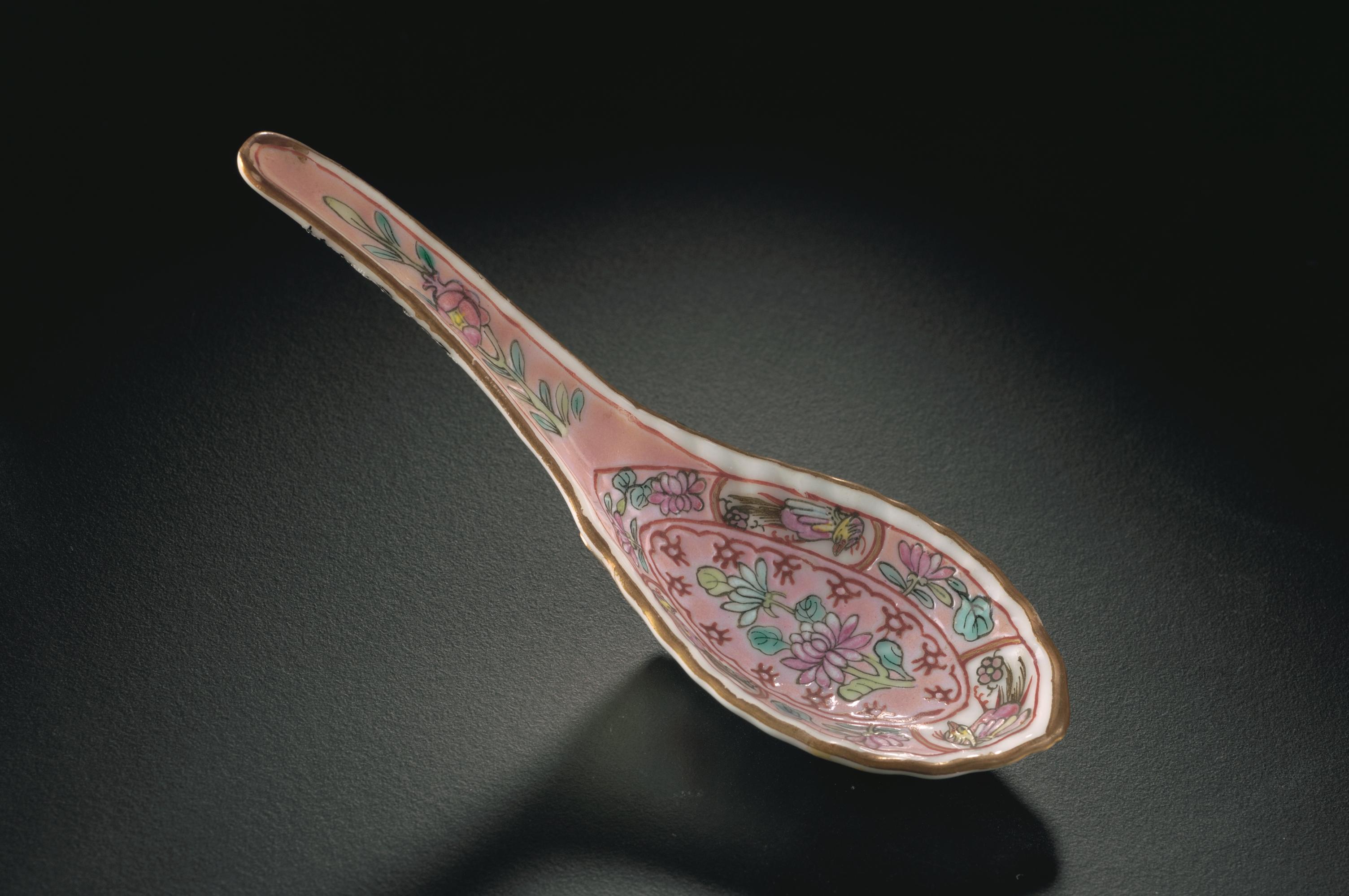
|
|
Cobra-head spoon
China, Guangxu period (1875–1908) of the Qing dynasty
Porcelain, length 11 cm
2006-00971
|
Peranakans use mainly two types of porcelain spoons: larger ones for soups, and small ones for dessert. Some soup spoons have a slightly pointed tip; this shape is known as a "cobra-head" (like in the picture above). Do you see a resemblance to the cobra? Phoenix and peony motifs can also be seen on this spoon.
CREATE
Create your own nyonyaware-inspired drawing! You can draw your design on cards for auspicious events like birthdays and weddings.
Grab a piece of drawing paper or cardboard, and some coloured markers or colour pencils. Draw one or more of these motifs you learned about earlier. Try decorating the borders too! Tag us with your creation at @ACM_SG #LearningatACM for a chance to get featured on our social media platforms.
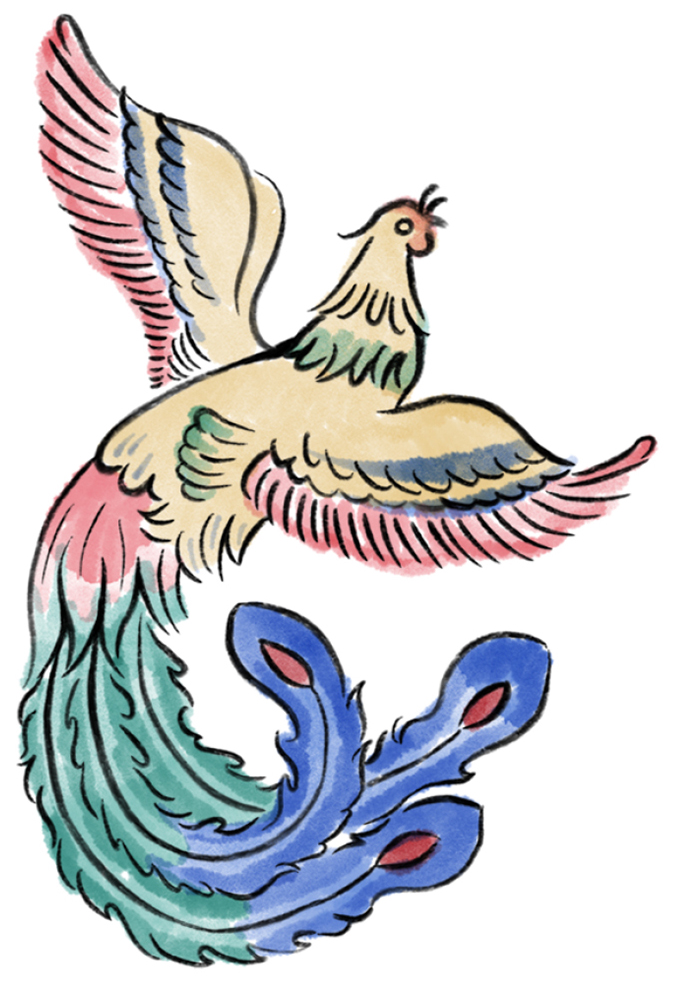
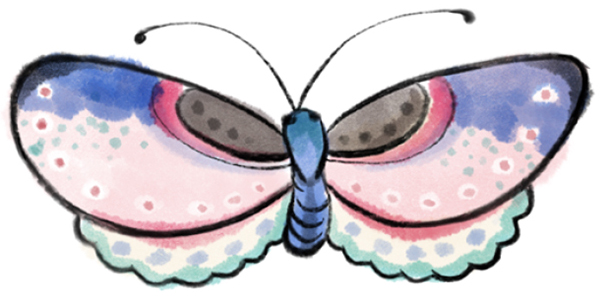
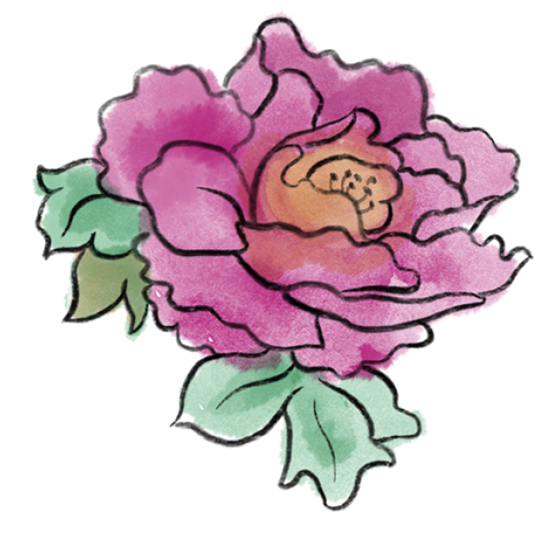
Examples of phoenix, butterfly, and peony
Recommended colours: Red, orange, yellow, pink, light blue, light green. Choose bright colours and avoid using dark colours like black.
EXPLORE
ACM Adventures
Learn all about the beauty of Peranakan craftsmanship and culture through storytelling, a drama performance, and hands-on craft activities. Visit our special pop-up exhibition Apa Khabair? to discover more about Peranakan heritage! Click here.
Or head to NHB’s one-stop heritage portal Roots.sg to read more about the objects featured:
Plate
Kamcheng
Cobra-head spoon
Want more of these resources? Come back to learn new things every month.
Missed a monthly post? Not to worry, we keep past topics here for you.
What else would you like to learn about? Tell us here.
There’s more!
Check out other videos and download e-resources inspired by the objects in ACM’s collection.